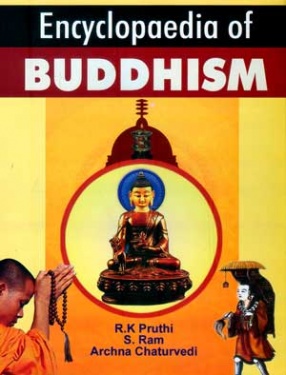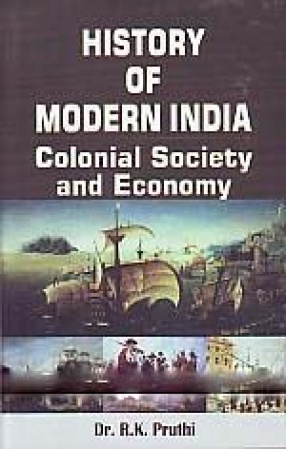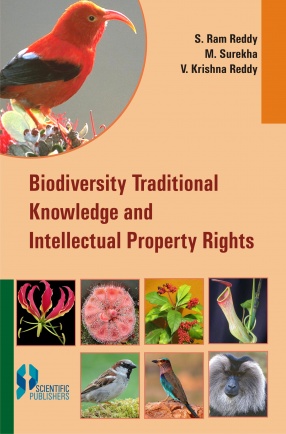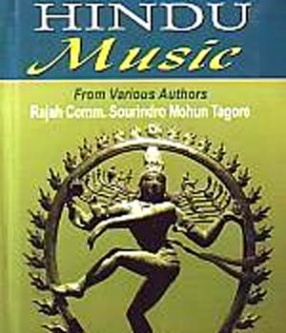Buddhism is a religion to about 300 million people around the world. It has its origins about 2500 years ago when Siddhartha Gautama, known as the Buddha, was himself enlightened at the age of 35. The major branches of Buddhism are broadly recognised: Theravada, which has a widespread following in Southeast Asia, and Mahayana, which is found throughout East Asia and includes the traditions of Pure Land, Zen, Nichiren Buddhism, Shingon, Tibetan Buddhism and Tendai. While Buddhism remains most popular within Asia, both branches are now found throughout the world.
To many, Buddhism goes beyond religion and is more of a philosophy or ‘way of life’. Buddhism explains a purpose to life, it explains apparent injustice and inequality around the world, and it provides a code of practice or way of life that leads to true happiness. Buddhists use various methods to liberate themselves and others from the suffering of worldly existence. These include: ethical conduct and altruism, devotional practices and ceremonies, invocation of bodhisattvas, renunciation, and meditation, cultivation of mindfulness and wisdom and physical exercises.
The present encyclopedia in fifteen volumes is a comprehensive and authentic work on Buddhist tradition. It is intended not only to be a complete reference source for students and researchers of religious and Asian studies, but will also be of interest to those who want a general survey of Buddhism and its beliefs.
Contents:
V.1. Buddhism : teaching and ethics.; V.2. Buddhism : an introduction.; V.3. Buddhism : state and society.; V.4. Buddhism and social values.; V.5. Buddhism and religions.; V.6. Great Buddhist places of worship.; V.7. Buddhism : history and civilization.; V.8. Buddhism for world peace.; V. 9. Buddhism and world culture.; V.10.The The Buddhist way of life.; V.11 Buddhism and philosophy.; V.12. Buddhism through the ages.; V.13. Women in Buddhism.; V.14 Buddhism and art.; V.15 The Buddha and his disciples.














There are no reviews yet.